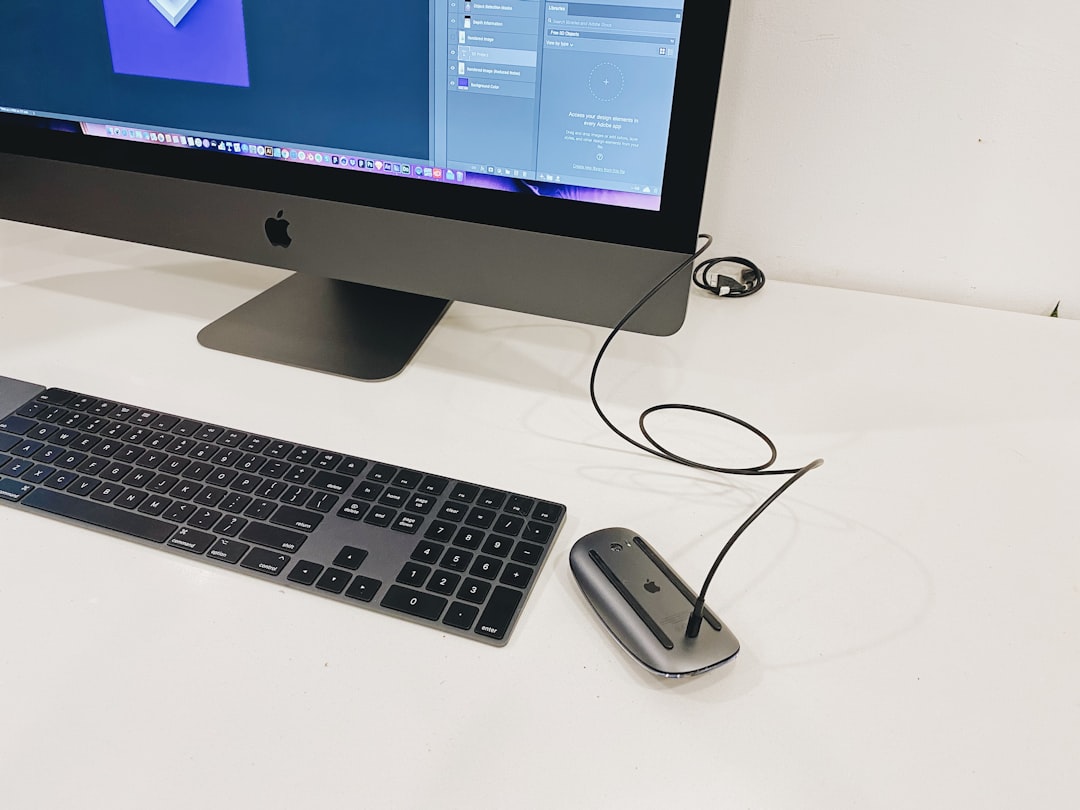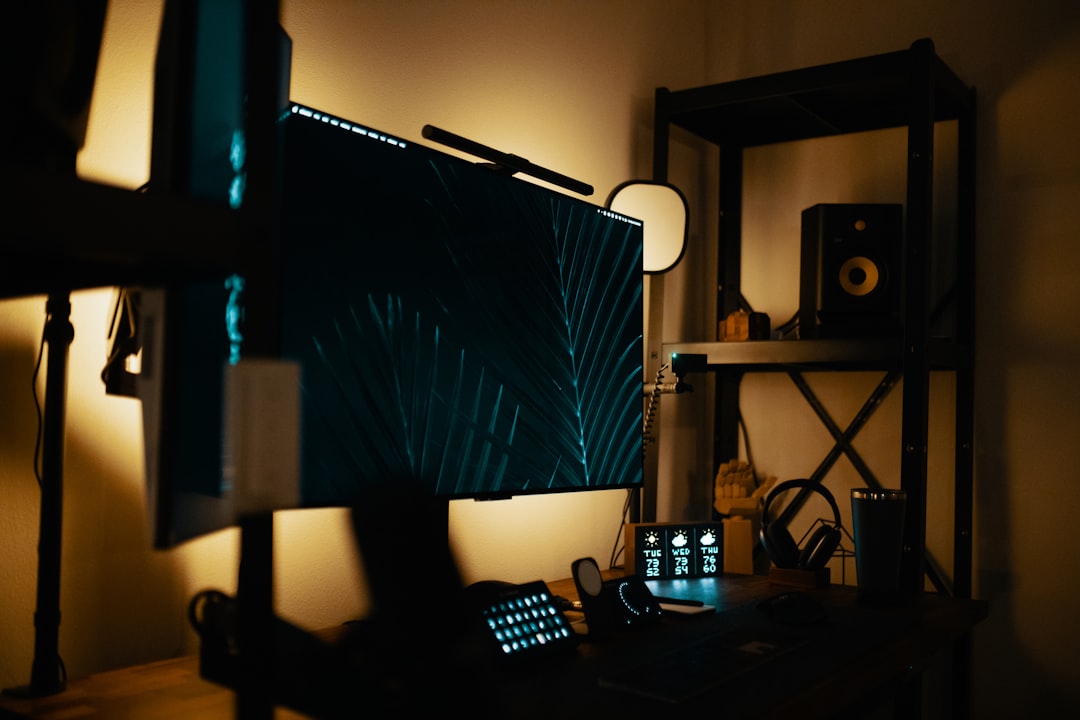Every programmer has experienced moments of digital flow—when time disappears, code writes itself, and problems are solved with fascinating ease. At the heart of these productive spells lies something deeply psychological: vibe coding. This refers to a programmer’s emotional or mental “vibe” while coding. Mood, music, lighting, or even time of day can heavily influence coding effectiveness, creativity, and problem-solving approaches.
The Mind-Code Connection
While programming is often associated with logic and intellect, it also requires significant creative input. Writing code isn’t just about syntactic accuracy—it’s about solving problems, architecting systems, and building user-friendly experiences. These tasks engage both hemispheres of the brain, and the mental state of the programmer can tip the balance between burnout and breakthrough.
Mood profoundly affects cognitive functions such as memory retention, focus, and lateral thinking. A positive mood can encourage risk-taking and innovation, while a negative mood might support focused attention and detail-oriented tasks. Recognizing this, some developers use mood-altering techniques—or vibe control—to engage different “modes” of thinking.

The Science of Mood and Mental Flow
In psychology, the concept of “flow“—popularized by Mihaly Csikszentmihalyi—describes a state where individuals feel fully immersed in an activity. Achieving flow is easier when one’s environment and emotional state are optimized. For programmers, flow is characterized by losing track of time while writing or debugging complex code without distraction.
Several emotional and physical factors affect the possibility of entering flow:
- Stress and Anxiety: Excess stress may block creative problem-solving and lead to inefficient code.
- Motivation: Intrinsic motivation, such as enjoying the challenge, helps with deep focus and absentee self-consciousness.
- Environment: A calm, organized environment creates mental space for better ideation.
These factors often define a developer’s vibe and, by extension, their output quality.
Sensory Influences on Coding Mood
Programmers often tailor their sensory environment to encourage a specific vibe. This form of intentional mood setting can involve music, aesthetics, lighting, and other sensory modalities that influence psychological states.
Music
One of the most common vibe-enhancing tools is music. Electronic downtempo, lo-fi beats, or classical music often help reduce cognitive overload and encourage focus. Interestingly, songs with lyrics may disrupt language processing during tasks requiring verbal logic, like reading or writing code.
Lighting and Ambience
Dim RGB lighting or daylight-mimicking bulbs offer more than just aesthetics—they impact energy levels and mood. Warm lighting tends to relax, while cooler lighting can invoke alertness, making it easier to focus.

Aesthetic Minimalism
A cluttered workspace is known to increase cortisol (the stress hormone). Clean desks, minimal distractions, and appealing color schemes help designers and developers maintain a calm, alert state during deep coding sessions.
Personality and Mood Intersections
Introverts, extroverts, and ambiverts may all experience different emotional requirements when trying to code efficiently. Understanding how one’s personality affects mood and focus can help tailor a more productive vibe.
- Introverts might prefer silent or solitary coding sessions, benefiting from natural surroundings and quiet.
- Extroverts may find coding in teams or bustling environments more stimulating.
- Ambiverts fluctuate and might benefit from hybrid work environments and varied tempo music.
Developers increasingly construct their own “coding personas,” customizing rituals that prime their mindset based on these personality-related preferences.
Techniques to Enhance the Coding Vibe
Several psychological and physical hacks can elevate a coder from a sluggish mental state into an optimal vibe conducive to high-performance programming. These include:
- Pomodoro Technique: Short bursts of hyperfocus followed by breaks help refresh mental stamina.
- Gratitude Journals: Simple daily writing tasks that keep emotional states balanced and positive.
- Body Checks: Breathing exercises, stretches, or simple posture alignment realigns physical well-being with mental clarity.
- Mind Priming with Anchors: Starting a session with the same ritual, like drinking tea or lighting a candle, helps cue the brain into work mode.
Each technique strengthens emotional regulation and boosts the probability of tapping into productive, enjoyable coding sessions.
Common Emotional States and Their Programming Impacts
Certain moods lend themselves to different programming tasks. Here’s a breakdown of how specific emotional states influence types of development work:
| Mood/Emotion | Impact on Coding Tasks |
|---|---|
| Happy | Great for brainstorming and problem-solving; enhances creativity. |
| Frustrated | Useful for detailed bug hunting but may result in burnout if extended. |
| Calm/Zen | Ideal for long coding sessions; promotes endurance and patience. |
| Anxious | Impedes focus and makes learning new frameworks or languages harder. |
Monitoring and adjusting one’s emotional state to the task at hand can sharpen both efficiency and satisfaction during programming.
Social Dynamics and Mood Stabilization
Team culture also plays a critical role in vibe coding. Developers in positive, encouraging communities often exhibit better problem-solving capabilities due to psychological safety. Open-source contributors often report joy and fulfillment, leaning on the social resonance and shared purpose of these projects.
Meanwhile, toxic work environments can suppress creativity and degrade code quality. Cultivating collective emotional intelligence in teams leads to more seamless collaborations and improved output.

Conclusion: Coding is Emotional Engineering
Understanding the psychology behind vibe coding reveals that great code doesn’t only come from technical know-how—it flows from emotional intelligence, mood management, and intentional environmental design. Tapping into the right vibe isn’t just about productivity; it’s about making the work feel as good as the output looks. As modern developers increasingly care for mental health and workspace customization, vibe coding will become an essential pillar of sustainable and creative software engineering.
FAQ
-
Q: What is vibe coding?
A: Vibe coding is the process of tailoring one’s emotional and environmental state to enhance productivity and creativity while programming. -
Q: How does mood impact programming effectiveness?
A: Mood affects cognitive processes like focus, memory, and creativity. A positive or calm mood can facilitate flow, while stress or anxiety may hamper performance. -
Q: Are there tools to help set the right vibe?
A: Yes. Music playlists, ambient lighting, digital minimalism tools, mindfulness apps, and productivity techniques like Pomodoro are all effective. -
Q: Can team environments influence vibe coding?
A: Absolutely. Supportive teams and healthy culture enhance emotional safety and improve collaboration, which positively influences individual output. -
Q: What should I do if I can’t get into the right mood?
A: Take a break, listen to calming music, adjust your workspace, or try a quick breathing exercise. Sometimes stepping away is all it takes to reset your vibe.